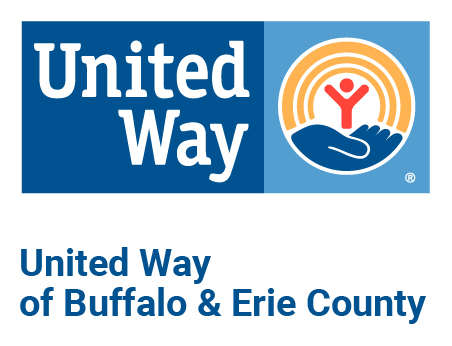day 9: housing inequity
In Western New York, and in many parts of our country, there is extreme housing segregation that is a direct result of a practice called "redlining," a form of lending discrimination that has disproportionately affected Black, Latinx, and other people of color for hundreds of years.
Beginning in the 1930s, this nationwide practice allowed banks to deny mortgage and loan applications, and prevented people from buying homes based on race or which community they lived in. The term “redlining” comes from the Federal Housing Administration (FHA) using red ink to outline maps of undesirable neighborhoods— predominantly consisting of Black and Latinx families—to unfairly mark them as high-risk for loan default and thus give banks a “reason” to deny a loan. Housing segregation continued further as the FHA and VA denied subsidized mortgages to Black, Latinx and families of color in the growing suburbs after World War II. The first federal law prohibiting home lending discrimination was put in place with the 1969 Fair Housing Act, yet much damage had been done and lending discrimination still occurs today in different forms.
Home ownership plays a significant role in family wealth, enabling families to build equity that is passed down to future generations. People who did not have the opportunity to build wealth through home ownership because of redlining, housing discrimination and predatory loans are hundreds of thousands of dollars behind in wealth compared to their white counterparts, and continue to face these and other discriminatory practices today. It is important to reflect on the ways that housing inequities are advanced through policies and practices, and what we can do to address these inequities.
DID YOU KNOW...
In February 2021 the New York State Department of Financial Services released a report on redlining in the Buffalo metropolitan area. According to the report, Buffalo remains one of the most racially segregated cities in the United States decades after the practice of redlining and other forms of housing discrimination were banned by law.
TODAY'S CHALLENGE:
-
Read “A 'Forgotten History' Of How The U.S. Government Segregated America” from NPR. (7 minutes)
- TIP: We also suggest listening to the 35 minute “Fresh Air” podcast.
- Connect with the resources provided by Housing Opportunities Made Equal (HOME) and learn about fair housing laws.
- See how your own neighborhood has been affected by redlining by checking out The Mapping Inequality website.
